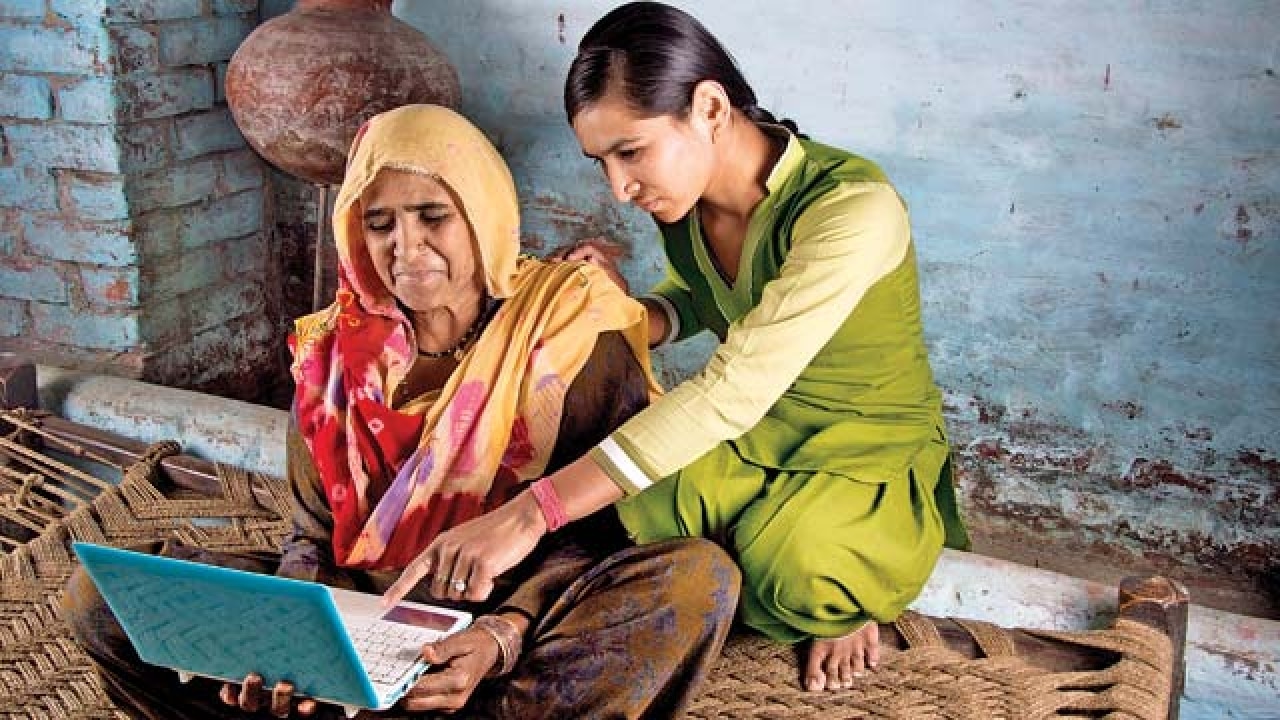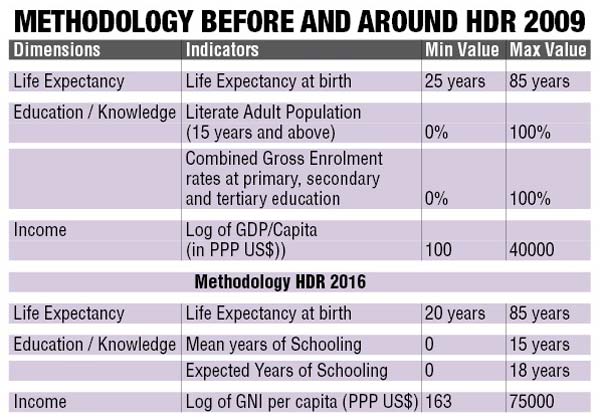
There is a Human Development Report Office (HDRO) at the United Nations Development Programme (UNDP). The HDRO released the 2016 Human Development Report (HDR) recently. As part of this report, Human Development Index (HDI) rankings for 2015 were also announced. India was ranked 131 out of 188 countries. It was ranked behind many smaller countries such as Tunisia, Moldova and slotted in the “Medium Human Development” category which also included countries like Congo and Ghana. Among our neighbours, the Indian rank was closer to that of Pakistan, Bangladesh and Nepal but far behind Sri Lanka (73rd rank). Further, over the years, India’s HDI rank has stayed nearly static. Based on these observations, critics have jumped to all sorts of conclusions about Indian living standards and development. However, this is not that straightforward. Before drawing any conclusions, it is important to dig deeper into the specifics of HDI.
HDI essentially is a composite index that integrates three basic dimensions of human development: ability to lead a long and healthy life; ability to acquire knowledge and ability to achieve a decent standard of living. The first dimension is captured by life expectancy at birth. Mean years of schooling and expected years of schooling combined capture the second, while Gross National Income (GNI) per capita (PPP in US$) captures the last dimension. Each dimension is then quantified as an index, calculated as the ratio between (Actual Value – Minimum Value)/(Maximum Value – Minimum Value). Note that the minimum and maximum values are fixed values (boundary limits), same for all the countries. These three indices are then aggregated and their geometric mean is taken as the HDI score for a particular country.
Let us take an example. For the year 2016, the Minimum Life Expectancy was fixed as 20 years and Maximum 85 years. India’s life expectancy was 68.3 years. Therefore, the Health Index for India would be computed as (68.3 – 20) / (85 - 20) = 0.743. Using a similar approach, the other two indices – education and income would be computed. Finally, the HDI score for India would be the geometric mean of all three indices. And this score would determine India’s relative rank across several countries. A higher HDI rank should ideally reflect better human development opportunities. Similarly, a year on year increase in HDI rank, would reflect an increase in a country’s relative performance.

However, there are several issues that complicate this. First, the HDI computation methodology itself keeps changing. As can be seen in the table (inset), earlier, Health index was measured by life expectancy at birth; Education index by a combination of adult literacy rate and gross school enrolment rates; and Income index by GDP per capita adjusted for PPP (in US$). Except the health index, methodology for computing the other two indices has now changed significantly. Second, simple arithmetic mean was used to compute HDI scores earlier. Now, geometric mean of each index provides the HDI score. Third, the number of countries for which data is collated also changes year on year. In 2010, there were 169 countries. This number increased to 188 in 2016. Fourth, there have been issues related to timelines of input data. For example, Life expectancy at birth for HDR 2013 corresponded to data for the year 2011. The HDR 2016, on the other hand, used the data for 2015. Especially for the social sectors, there are significant time-lags in data. Finally, and possibly the most serious concerns have been raised over the usage of only three dimensions and giving them equal weights while computing HDI. Experts argue that crucial variables such as political voice, democratic freedom, social connections and relationships, environmental sustainability, and economic/physical security are completely left out. On the other hand, equal weightage to all three indices pulls HDI score of countries like India down. Given the huge population base, India gets consistently low scores on GNI per capita. In fact, on this particular index, India’s score was very similar to that of Pakistan and Congo, but less than that of Iraq.
Before reaching conclusions on HDI rankings, the above minutiae must be kept in mind. India is a vibrant democracy and it does offer better development opportunities to its people as compared to many others it lags behind. That said, HDR is still an important reference tool. It contains some useful insights on socio-economic programmes that are working and development areas that need more attention. This can greatly help fine-tune the design of related policies. It is the HDI ranks that should be judged and interpreted with caution. Simple conclusions based on ranks can be misleading. The obsession with HDI should not dilute the focus from other indicators HDR has data on, nor from the sub-national aspect, captured in State-level HDRs.
The authors are economists with Niti Aayog. Views personal.